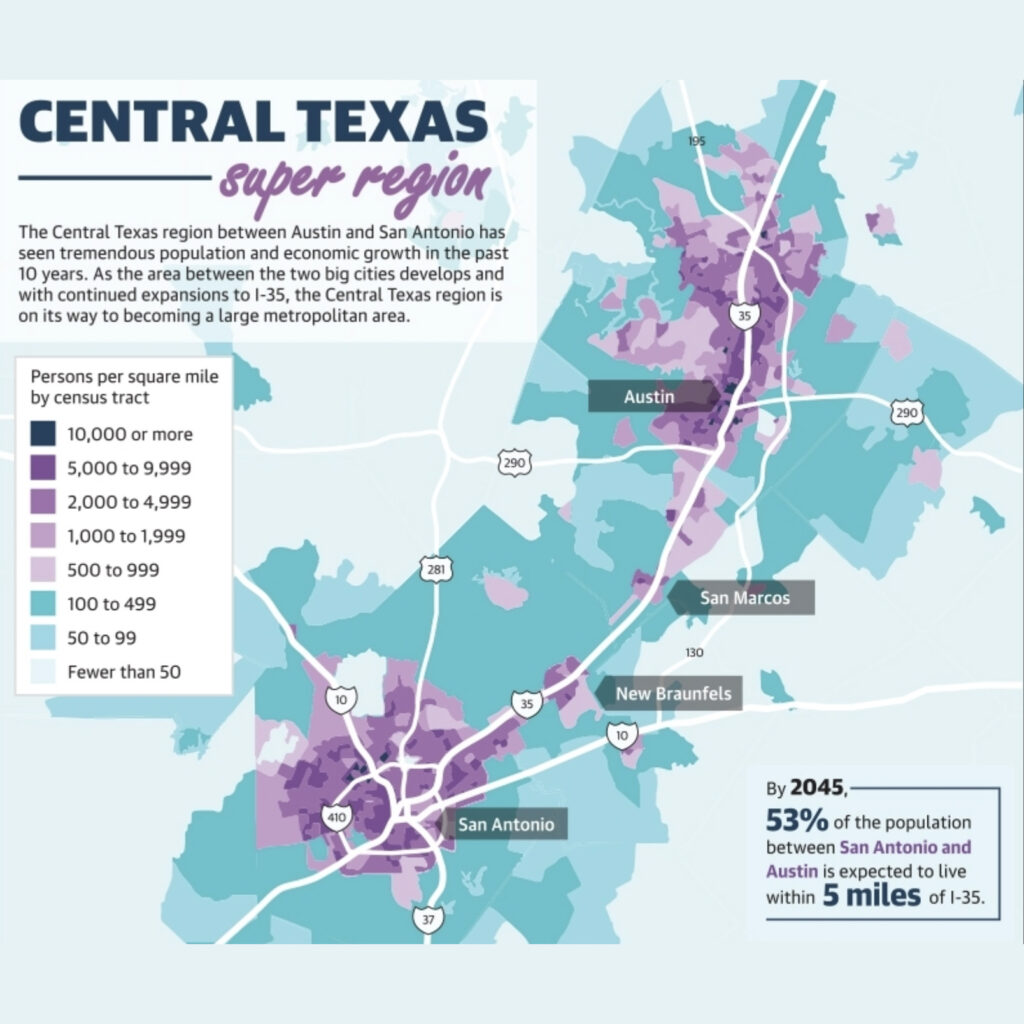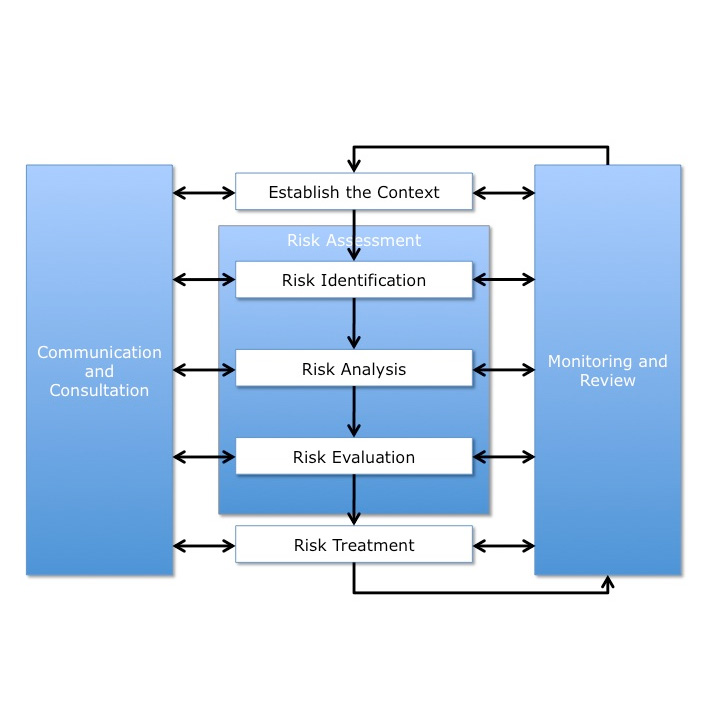When municipalities embark on the journey of funding significant capital improvement projects, the default route often involves the issuance of municipal bonds. However, it is important to recognize that this is not the sole solution available. Fiscally conservative and low-income jurisdictions can and should take advantage of various alternative funding methods, each with its own merits and potential impact on the community. Let us delve into these alternatives, which collectively form a comprehensive approach to securing the necessary capital.
1. General Fund Allocations: A Resourceful Approach
One key option at the disposal of municipalities is tapping into their general funds. These funds are a result of pooled local tax revenues that support a wide array of city services and responsibilities. By allocating a portion of these funds to capital improvement projects, municipalities can sidestep the need for incurring long-term debt. This approach not only aids in funding essential projects but also ensures prudent financial management.
2. Federal and State Grants: A Boost from Higher Levels
Municipalities can actively seek financial support from both federal and state governments. An array of grants are available specifically for infrastructure and capital improvement projects. These grants cover diverse needs such as road repairs, public transit enhancements, and environmental initiatives. Securing these grants relieves the financial burden on municipalities while also strengthening partnerships with higher levels of government. The Texas Municipal League maintains an active database of state and federal programs and how to leverage them to support infrastructure and economic growth.
3. Impact Fees: Balancing Development and Infrastructure
A strategic method to fund capital improvements involves charging impact fees to developers, which is addressed in Local Government Code Ch 395. Although having fallen into disfavor in “business-friendly” Texas, these fees help offset the strain that new developments place on existing public infrastructure. The collected fees can be earmarked for capital improvement projects, ensuring that growth and development directly contribute to enhancing the community’s infrastructure.
4. Public-Private Partnerships: Collaborative Innovation
In recent times, public-private partnerships (P3s) have emerged as a dynamic funding solution for capital projects. Governed by Texas State Code Ch 2267, P3 collaboration allows municipalities to access external capital and, in some cases, leverage the expertise of the private sector in project management. P3s can alleviate the municipality’s financial load and infuse innovation into project execution.
5. Dedicated Tax Revenues: Tailored Financial Support
Certain municipalities may establish special taxation districts or levy specific taxes to fund capital improvements. In the State of Texas, per Tax Code Chapter 311 these may include Tax Increment Reinvestment Zones (TIRZ) and other Tax Increment Finance (TIF) tools. TIRZ refers to the designated real properties that are taxed ad valorem to fund a TIF project in a given partition of a jurisdiction. Local jurisdictions (e.g. cities, counties, special-purpose districts, and transit authorities) may also impose sales and use taxes up to 2%. These targeted approaches ensure that those who directly benefit from the project contribute to its realization.
6. User Fees and Utility Districts: Funding Direct Beneficiaries
For projects that directly benefit users, such as water or wastewater systems, municipalities can raise capital through user fees or the establishment of Municipal Utility Districts (MUD). These fees ensure that those who avail themselves of the enhanced services contribute to the funding. One example, cited in Texas State Code, is the City of Mesquite’s 1992 creation of the Mesquite Drainage Utility District to provide funding to finance major stormwater drainage improvement projects through the assessment of a monthly fee. User fees and MUDs are governed by Utilities Code Ch 33 and TAC Ch 293 respectively. User fees and MUDs provide a sustainable revenue stream that can be channeled towards financing vital projects.
7. Reserves: Tapping into Prudent Planning
Municipalities often maintain reserve funds for contingencies and specific projects. While these funds are typically earmarked for unforeseen fiscal demands, they can also be tapped into for capital improvement projects. However, prudent financial management is essential, as utilizing reserves for projects might limit the municipality’s flexibility in responding to future uncertainties.
A Holistic Financial Strategy
The proportion in which these alternative funding methods contribute to the overall funding of capital improvement projects can vary widely depending on the municipality and project specifics. However, collectively, these methods play pivotal roles in shaping the financial strategy of municipal administrations. Diversifying funding sources not only ensures financial resilience but also underscores the commitment of municipalities to fostering growth, development, and enhanced quality of life for their residents.
The landscape of funding for municipal capital improvement projects is rich with options beyond traditional bonds. By embracing a multifaceted approach that includes general fund allocations, grants, fees, partnerships, and strategic financial management, municipalities can pave the way for sustainable progress while effectively meeting the evolving needs of their communities.
At Front Line Advisory Group, we provide program management consulting services for capital improvement bonds. We are revolutionizing the construction industry and transforming client expectations by obsessing over the basics of budget oversight, schedule enforcement, compliance, vendor management, and stakeholder communication. Contact us for more info at info@frontlineadvisorygroup.com.












